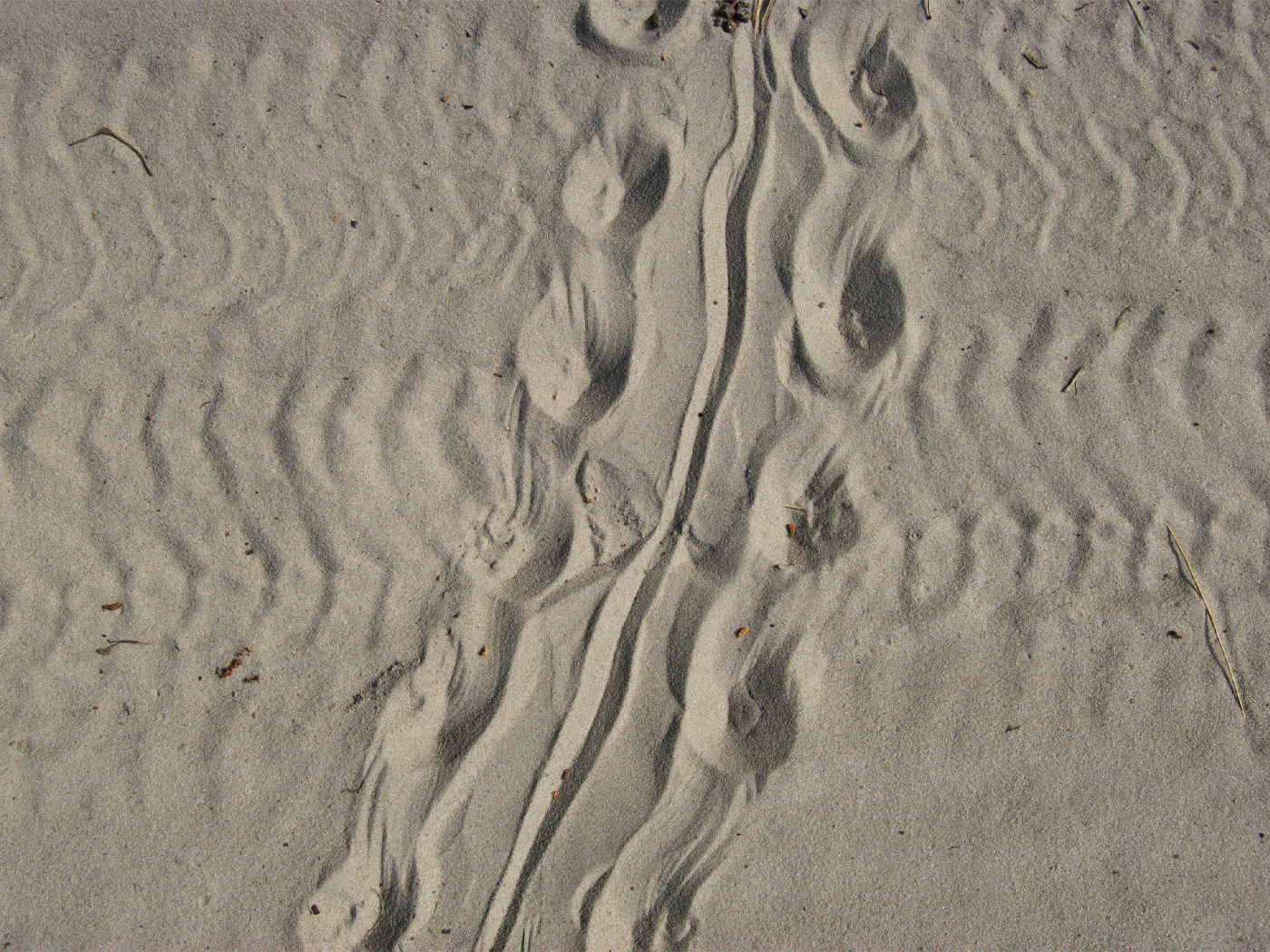The standard theme often given for Viking history is that of blond-haired, blued-eyed, burly men exploring, trading, ransacking, and pillaging across Europe, Asia, and the North Atlantic. While historical Viking exploits still entertain history buffs, a pervasive study of DNA extracted from the bones of their burial sites is overturning the idea that a fair Scandinavian complexion was the norm among these people.1
The activities of the Viking Age (793–1066 AD) radically shaped the demographic landscape of Europe—along with its politics, culture, and demographics—in ways that are still playing a major role to this day. Viking explorers developed trading partners and established colonies that stretched across the Atlantic to North America and even to locations in the Asian steppe.
In this new study, researchers sequenced the DNA of 442 different individuals from a diversity of Viking archaeological sites spanning Europe and Greenland.1 The new genetic data was then analyzed together with published data from 3,855 modern individuals of diverse ethnic backgrounds. Significantly, they discovered an influx of non-Scandinavian genetic diversity into specific regions of Scandinavia from both the south and east. The lead scientist of the study stated, "This study changes the perception of who a Viking actually was—no one could have predicted these significant gene flows into Scandinavia from Southern Europe and Asia happened before and during the Viking Age."2
Alternatively, the researchers also documented how the Vikings themselves influenced other cultures and people groups with their Scandinavian DNA. They showed that Danish DNA of Viking origin had a large impact on the genetics of England, and Swedish Viking DNA flowed into the Baltic region. Viking DNA of Norwegian background was found to have provided a major influence on the regions of Ireland, Iceland, and Greenland.
So where do all the people groups around the world come from to begin with? Previous research combining genetic, language, and demographic data from multiple people groups has shown that the various ethnic groups have independent origins.3 These results are exactly what would be predicted from the confusion of languages at the Tower of Babel as described in Genesis, chapter 11, in the Bible. And of course, languages, along with DNA variability in populations, change as people migrate to new areas and intermix with other people groups. Some populations split off while others merge.4,5
In Genesis, chapter 11, the Bible tells us that shortly after the global Flood mankind disobeyed God's command to disperse and replenish and fill the Earth. Instead, the post-Flood humans congregated in one place and attempted to reestablish the pre-Flood idolatrous culture that had previously filled the Earth with wickedness. God then confused their language, which not only brought an end to their rebellious ambitions but also forced people to split into genetically distinct people groups forming the various nations and cultures of the post-Flood ancient world.
References
1. Margaryan, A. et al. 2020. Population genomics of the Viking world. Nature. 585: 390–396.
2. St John's College, University of Cambridge. World's largest DNA sequencing of Viking skeletons reveals they weren't all Scandinavian. ScienceDaily. Posted on Sciencedaily.com September 16, 2020, accessed September 21, 2020.
3. Tomkins, J. P. Out of Babel—Not Africa. Creation Science Update. Posted on ICR.org February 16, 2015, accessed September 21, 2020.
4. Tomkins, J. P. 2018. Human Traits Not So Simple After All. Acts & Facts. 47 (2): 15.
5. Tomkins, J. P. 2019. Are Blue Eyes in Humans a Mutation? Acts & Facts. 48 (9).
*Dr. Tomkins is Director of Research at the Institute for Creation Research and earned his doctorate in genetics from Clemson University.
Viking DNA Highlights Post-Babel Genetic Diversity
The Latest
December 2025 ICR Wallpaper
"Come now, and let us reason together," Says the LORD, "Though your sins are like scarlet, They shall be as white as snow; Though they...
The Bipedal Two-Step of Human Evolution
The supposed evolution of bipedalism continues to be a major obstacle in the narrative that humans evolved from apelike ancestors.1,2
For...
CREATION PODCAST
The James Webb Space Telescope vs The Big Bang | The Creation...
When you look into the night sky, you’re seeing light that has traveled incredible distances to reach you. For centuries, astronomers have used telescopes...
CREATION PODCAST
Dr. Randy Guliuzza | From Learning to Leadership | The Creation...
For more than 50 years, the Institute for Creation Research has continued its mission to show how scientific evidence confirms the truth of Scripture....
Announcing the Acts & Facts Kids Edition for 2025!
Hi, kids!
Have you ever stopped to think about just how wonderful and amazing our world really is? Everywhere you look, from the tiniest bug to the...
Thanksgiving in Heaven
"And the four and twenty elders, which sat before God on their seats, fell upon their faces, and worshipped God, Saying, We give thee thanks, O...
Kids Edition 2025: Human Eyes
Hi, kids! We created a special Acts & Facts just for you! Have fun doing the activities while learning about the wonderful world God...
Kids Edition 2025: Dinosaur Art & Artifacts
Hi, kids! We created a special Acts & Facts just for you! Have fun doing the activities while learning about the wonderful world God...
Kids Edition 2025: Pluto & Dwarf Planets
Hi, kids! We created a special Acts & Facts just for you! Have fun doing the activities while learning about the wonderful world God...
Kids Edition 2025: The Sun & Stars
Hi, kids! We created a special Acts & Facts just for you! Have fun doing the activities while learning about the wonderful world God...



















